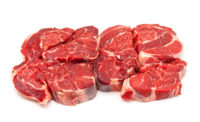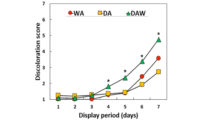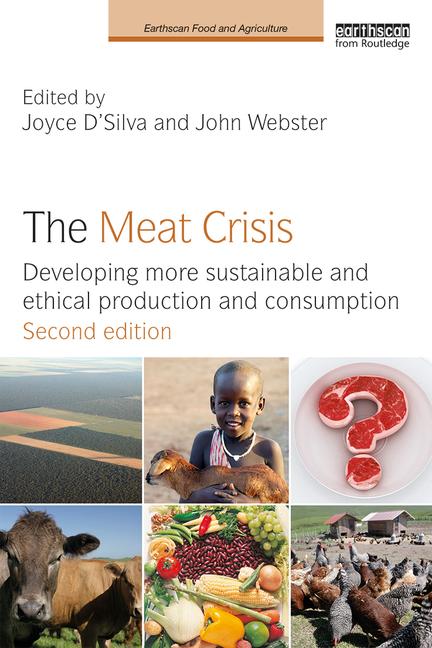Meat Science Review
Use of RedoxSYS to measure oxidation reduction potential in beef

At the point of sale, beef color is one of the most important quality attributes that influences consumer’s purchasing decisions.

The RedoxSYS System was used to conduct a study that measured the total oxidation reduction potential in beef.


At the point of sale, beef color is one of the most important quality attributes that influences consumer’s purchasing decisions. But when the product is exposed to oxygen in the retail case for an extended period of time, oxidation of oxymyoglobin (red) leads to formation of metmyoglobin (myoglobin form that imparts brown color) that results in discoloration of steaks, thus decreasing consumer appeal.
Although various factors can affect discoloration, beef has some inherent capacity to delay metmyoglobin formation by a process called metmyoglobin reduction. The phrase “reduction potential” refers to the ability of the myoglobin to accept an electron (i.e. converting brown to red). Hence, quantification of reduction potential and determining its relationship with beef color can help the meat industry develop strategies to limit losses because of discoloration of meat.
The RedoxSYS System that was developed for human-medical use is a new system being utilized to quantify the oxidation reduction potential in trauma patients. Medical studies have revealed that multi-trauma patients have a higher oxidation reduction value than healthy patients.
With this knowledge, a study was conducted to measure the total oxidation reduction potential in beef using the RedoxSYS System.
For the first experiment, we extracted sarcoplasm (meat extract) from 21-day aged normal pH (5.6) and high pH (6.4) longissimus steaks. This machine uses liquid samples to measure oxidation reduction potential. That sarcoplasm then was analyzed utilizing the RedoxSYS System. For the second experiment, normal pH longissimus steaks were packaged in a PVC-overwrapped styrofoam tray or a HiOx (80 percent oxygen and 20 percent carbon dioxide) package. Trays and packages then were placed in a simulated retail case for five days under fluorescent lighting. After the display period, sarcoplasm was extracted from steaks and reduction potential was analyzed using the RedoxSYS System.
High pH longissimus steaks had significantly lower reduction values than normal pH longissiumus steaks (239±8 mV vs. 262±5 mV). This indicates that beef that has a higher pH value is under less oxidative stress compared with beef that has a normal pH.
In the second experiment, PVC-overwrapped steaks had significantly lower reduction values than those in the HiOx environment (255±8 mV vs. 282±7 mV). These values indicated there is an increase in oxidative stress when a HiOx gas mixture is used in a retail package.
In summary, the RedoxSYS System was useful to assess the oxidation reduction potential for both experimental conditions, and the values were greatly correlated with color stability of steaks. Future studies will focus on determining the use of oxidation reduction potential values to predict color stability of beef immediately after harvest so carcasses can be classified into color stable and color liable. NP
Looking for a reprint of this article?
From high-res PDFs to custom plaques, order your copy today!










